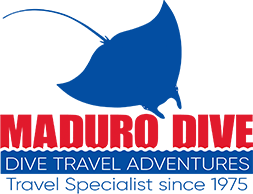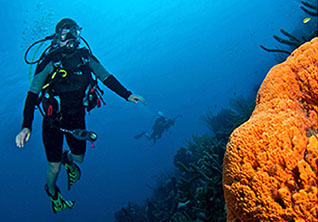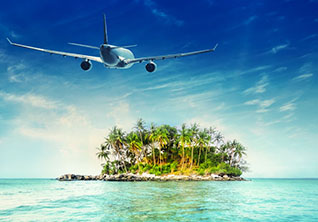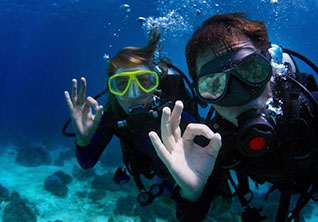The Humboldt Explorer is 111ft long and has 8 cabins for a total of 16 scuba diving guests. The cabins have air conditioning, private bathrooms, ocean views, and flat screen tv's. They also have a crew of 7, plus two guides and the vessel is based in the Galapagos Islands. You can fly to the islands from Guayaquil or Quito, Ecuador. Enjoy our blog article on these 15-18 main islands;
The Galapagos Islands: A Natural Selection for Divers.Humboldt Explorer Diving
This is where the nutrient filled waters of the North Pacific and South Pacific Oceans collide. Therefore, these waters are filled with large pelagics that come here to feed on smaller fish and plankton. Strong currents up to 5 knots, and down drafts make this area unsuitable for scuba diving with less than advanced diver certification and 50-100 logged dives in similar current conditions and using similar dive equipment. In exchange for your accumulated dive knowledge and physical fitness, you may see 28 different species of sharks, and 500 species of fish: 17% of these creatures are only found in these islands. So, just like Darwin, while onboard the Humboldt Explorer, you may view flightless cormorants, marine iguanas, equatorial penguins, and indigenous seals. You may also do up to 19 dives in one of the most exclusive and legendary ecosystems in the world.
Attractions and Activities
Warm up or lounge in the shade on the partially covered sundeck with Jacuzzi. The Humboldt Explorer dive deck has a large camera table. So, two large pangas or tenders shuttle divers out to the scuba diving sites. A typical day includes: wake up, dive, breakfast, dive, lunch, dive, snack, and dive again. Transit days only allow 2-3 dives per day. The trip is from Monday to Monday. From June to December when the waters are colder, you need a 7ml wetsuit, hood, and gloves. The rest of the year you may get by with a 5ml wetsuit, but a hood and gloves are recommended. Moreover, when the waters are colder, the hammerheads go to school. When the waters are warmer, you may see whale sharks. Finally, while on board the Humboldt Explorer, plan on doing at least two shore excursions.
You may land and do an excursion on Seymour Island and visit the Santa Cruise highlands where the giant tortoises like to hang out. You will also have time to shop in the town of Puerto Ayora and visit the Charles Darwin Research Center. .
To say that the Galapagos Islands make up a thriving ecosystem is an understatement. Think you've seen it and done it all? Then exploring the Galapagos Islands is the next trip for you.

































